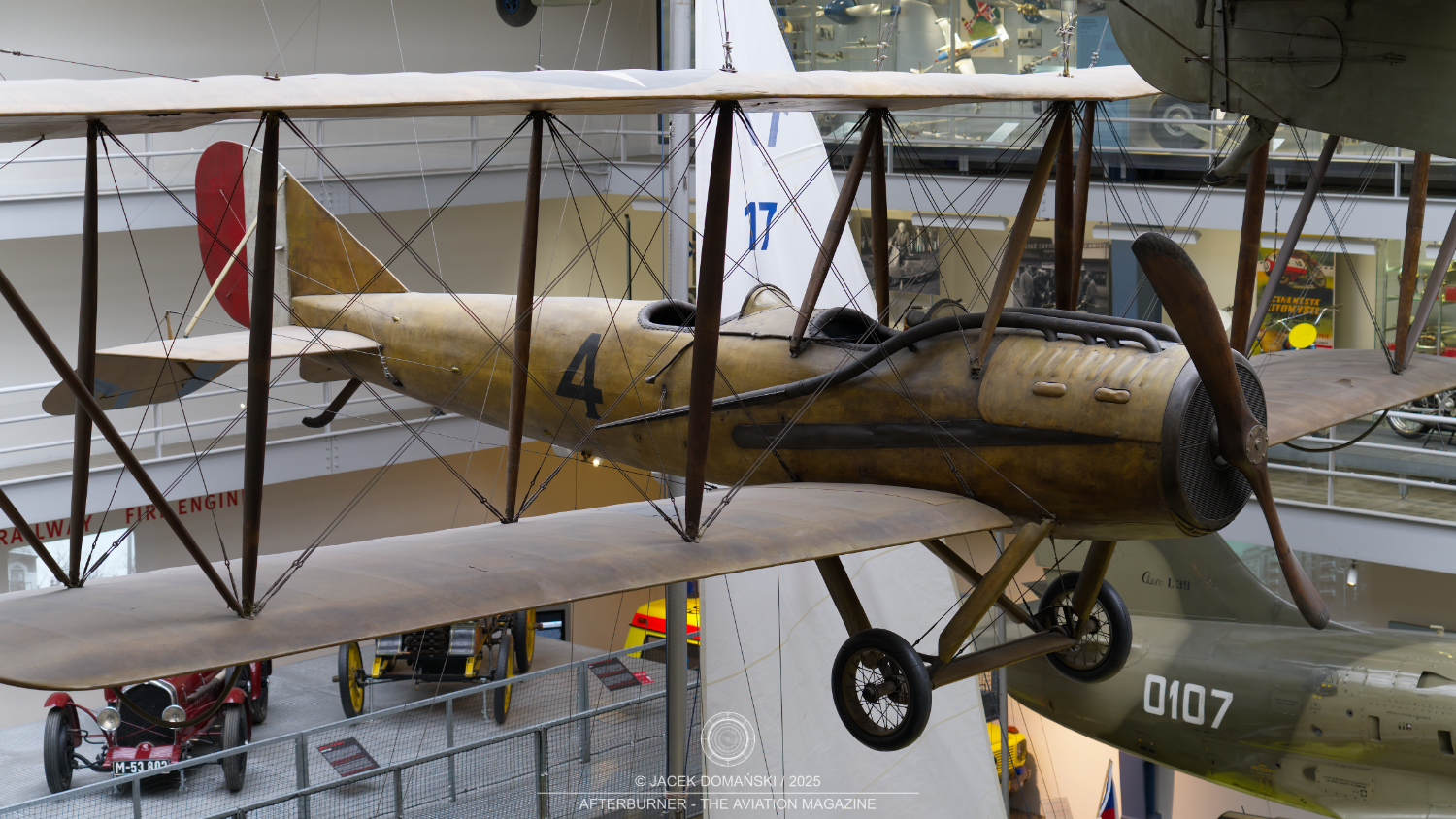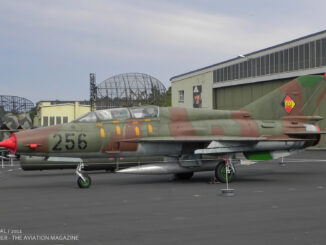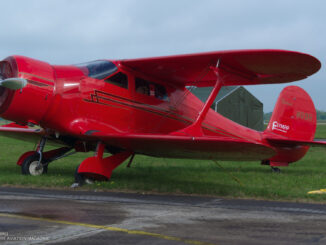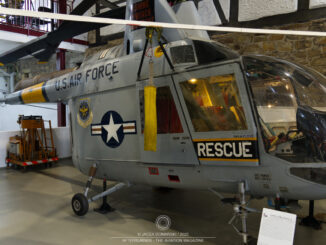 LWF model V (c/n – , ´4´ of the Czechoslovak Legion), exhibited in the National Technical Museum, Prague, April 2025.
LWF model V (c/n – , ´4´ of the Czechoslovak Legion), exhibited in the National Technical Museum, Prague, April 2025.
In December of 1915, Edward Lowe Jr., Charles F. Willard, and Robert G. Fowler founded an aviation manufacturing company with seat in College Point, New York City. While Lowe was a financier, two other shareholders of the company already had significant aviation experience.
Willard used to be the well-known stunt pilot and marked the aviation history with some ´firsts´, such as the first flight with three passengers in the United States or the first pilot whose aeroplane was shot down from the ground, by an angry farmer. Fowler, on the other hand, was the first person to complete a west-to-east traverse flight in the United States, as well as the first to make a non-stop transcontinental flight from Pacific to Atlantic over the Isthmus of Panama.
The main company value was innovative technique of molding laminated wood to monocoque fuselage. The process was initially invented by Willard and then further developed in the new venture. However, the initial idyll of Lowe, Willard & Fowler Engineering Company did not last long and yet in 1916, Willard and Fowler left the enterprise (as well as Lowe, according to some sources).
However, until that time, the company already developed its first aircraft, designated LWF model V. It was a two-seat reconnaissance biplane, initially powered by 135 hp Thomas engine.
In 1917, new investors renamed the company LWF Engineering Company, and since then the abbreviation was explained either as ´Laminated Wood Fuselage´ or ´Linen, Wire and Fabric´. In the same year, license production of Curtiss HS-2L flying boat by the LWF was launched.
The LFW model V was approved by the United States Army Air Service (USAAS) and went into serial production. Nevertheless, it shortly turned out its performance was behind the current British and French combat aeroplanes and, therefore, the V was assigned only to training roles with the USAAS.
One example of the aeroplane was rebuilt to accommodate the newly developed Liberty L-12 engine. Designated F, the aircraft was the first in the world to fly with that new powerplant. Soon after, it was adapted to drive, inter alia, the aforementioned HS-2L flying boat.
In 1918, the Czechoslovak Legion in Russia began its 9,700-kilometre-long evacuation from Ukraine to Vladivostok, in the aftermath of the Russian Civil War. The Legion, fighting on the side of Entente powers, established its first aviation unit in February of 1918 and then maintained a small air force until it left Vladivostok in the end of 1920.
And it was the Czechoslovak Legion in Russia that received between 25 and 28 LWF model V aircraft from the USAAS. The aeroplanes were shipped to Vladivostok but, according to the Czech sources, were worn out and only a few of them became airworthy. Nevertheless, the Czechoslovak Legion was the first to use the LWF model V operationally for reconnaissance.
When the Legion left Russia, most of the LWF aeroplanes were left in Vladivostok and were later captured by the Bolshevik forces.
After the war, the LWF company made its final attempt to sell the model V to the US Postal Service. A single example of the aircraft was adapted to carry air mail but finally the idea was rejected by the post authorities.
In the early 1920s, the LWF company developed several prototypes of new aircraft, including the giant, trimotor biplane designated LWF model H Owl. Regrettably, all of them were made in just one example and never went into serial production. At that time, the main activity of the company was to manufacture short series of aeroplanes under license from Airco, de Havilland, Douglas and Martin.
Eventually, the LWF model V remained the sole aircraft developed by the company that went into serial production. And even that aeroplane was made in less than 140 examples.
In 1924, LWF Engineering Company went into bankruptcy. Shortly after, the company and its aircraft fell into oblivion.
Although the Czechoslovak Legion managed to take a few examples of the aircraft from Vladivostok and carry them to Czechoslovakia, their technical condition was too bad to make them airworthy. Therefore, a single example of the aircraft was assembled, using parts of at least four other LWF aircraft and used to be showcased as part of the exhibition presenting the country´s war effort.
In 1939, the aircraft was handed over to the National Technical Museum in Prague, where it is preserved until today as the sole surviving example of the LWF model V in the world.



